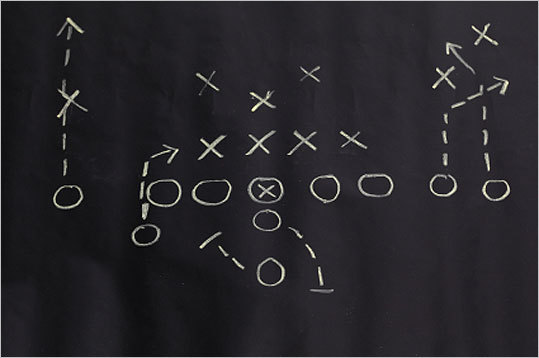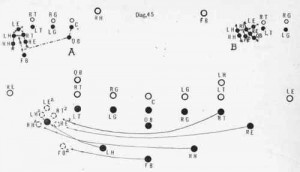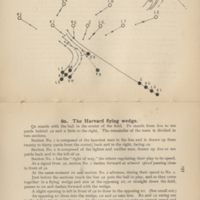

There are strict rules on how many NFL players must line up on the line scrimmage. This led to then United States President Theodore Roosevelt gathering all of the most notable football leaders and deciding on new rules that would end the dangerous flying wedge for good! Modern NFL Rules That Prevent the Flying Wedge The flying wedge had become a national story. Presidents of numerous universities wanted the game banned and the press were calling for a pause in play. The play became so deadly that in 1905 there were over 20 deaths and nearly 200 serious injuries. However, that didn’t stop football coaches from altering the flying wedge to make it legal. The original Harvard style flying wedge was banned in 1894. While the flying wedge was undoubtedly effective it was too violent. While his invention was highly effective it was also extremely dangerous. The result was a break in the line and a hasty enemy withdrawal.ĭeland took inspiration from Napoleon’s war tactics to create the flying wedge. He was particularly impressed by the way Napoleon would instruct his troops to identify a small section of the front that was weak and then order a massive assault on the weak section. Funnily enough Deland had never played football but was obsessed with military tactics and the flying wedge is said to be based on a tactic used by Napoleon.ĭeland was an early innovator when it came to football and was constantly scouring military history in hopes of finding new tactics. The flying wedge was invented by Harvard coach Lorin F. The fans were ecstatic and the consensus was this was an amazing invention and would alter the status quo of football forever! Who Invented the Flying Wedge? Wallis was left looking up at the sky as the Harvard team took off flying down the field.
#Flying wedge football influence full#
The Harvard players then sprinted full pace into The first half of the match was the typical scoreless tie. The players formed into a triangle shape with the ball runner protected in the middle of the triangle. In the second half with game scoreless Harvard decided to try something new. The first flying wedge took place in November 1892 when bitter rivals Harvard and Yale played each other in front of a massive crowd of almost 30,000 people.

A high number of matches were ending scoreless. Neither side was able to move the ball and touchdowns were becoming increasingly rare. They would litterally trample over the other team as they would burst through the defensive line and make a run down the field! When Was The Flying Wedge Inventedįootball was an incredibly boring spectacle in the 1890s. The entire mass of players would then pick a player on the opposing team and sprint at him. the ultimate mass motion play in the early days of football. The ball carrier would nice and safe in the middle of the wedge. The biggest players on the team would bind together at the front forming an arrow shape. The flying wedge was a human battering ram at its finest. It eventually had to be banned before there were too many on field deaths. However, before long the injuries started piling up the tactic was considered too violent for civilized modern society. They loved to see it not only because it was incredibly effective and struck fear into the hearts of the opponent but because it added a certain medieval aspect to the game of football. When the flying wedge was first invented fans went crazy for it. The players would form this immense wall out of human bodies and launch themselves into the opposition with zero regard for their own or the opposition’s health. The flying wedge was essentially a human battering ram. The flying wedge led to numerous deaths and serious injuries and was eventually banned from football. The defensive team would be unable to tackle the ball runner because he was shielded by a human wall. The players would then run at the opposing team and stampede over them. The flying wedge involved the biggest football players on the field binding together similar to a rugby scrum to form a human shield protecting the player carrying the ball who would stand in the middle of the wedge. A big reason for this was thanks to a tactic known as the flying wedge.

It is hard to believe but football back in the day was way more violent and dangerous compared to the modern NFL.


 0 kommentar(er)
0 kommentar(er)
